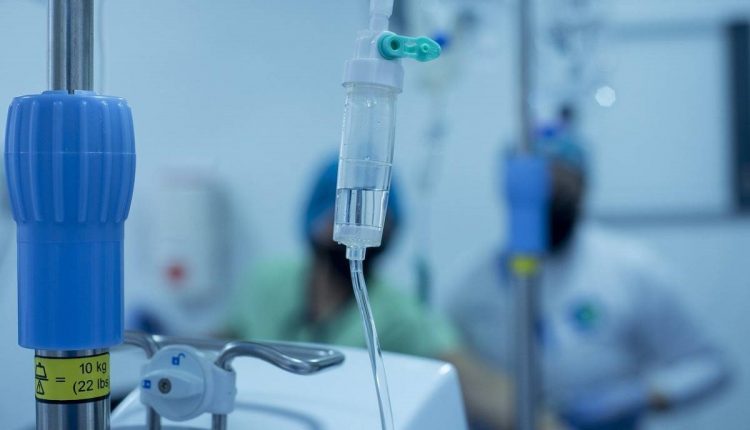
General or local anaesthesia? Discover the different types
Let’s find out how many types of anaesthesia there are and their characteristics
Types of anaesthesia
Local anaesthesia:
Also used in outpatient settings, it involves the administration of an anaesthetic in the vicinity of a nerve or tissue that can interrupt the information that reaches the brain.
In the collective imagination, this is the technique used by dentists.
However, it is also often used in the operating theatre for minor operations, such as the removal of nevi or lipomas, which would not be possible without anaesthesia.
Plexic anaesthesia:
This is a type of local anaesthesia and involves the administration of anaesthetic drugs, in varying volumes and concentrations, and reversibly deactivates certain nerve structures.
The technique, if entrusted to experienced professionals, allows patients to undergo numerous operations on the upper or lower limbs in spontaneous breathing and without general anaesthesia.
It is currently the first choice for shoulder arthroscopy, all major hand operations and the correction of hallux valgus.
Spinal anaesthesia:
The term spinal of Anglo-Saxon derivation, is quite generic and often misused.
In reality, in rachianesthesia, i.e. anaesthesia performed in the spinal cord, there are two distinct approaches: subarachnoid (what is often referred to in society as spinal) and peridural.
In this case, anaesthesia of varying concentration and specific weight is administered either inside the cerebrospinal fluid (subarachnoid) or inside a virtual space (peridural).
These techniques enable the surgeon to perform operations on the lower limbs and certain abdominal areas.
Again, there are many examples: hip prosthesis, knee prosthesis, cruel reduction of bone fractures, knee arthroscopy, hernioplasty, Caesarean section, urology operations, painless childbirth and saphenectomy.
The great virtue of loco-regional anaesthesia techniques is that the duration of the analgesic effect can be programmed.
The molecules and concentrations, as well as the various techniques, allow the medical specialist to approach each type of surgical act in a rational and balanced manner.
Contraindications are reduced platelet counts and altered clotting times.
These procedures are only proposed to adult, cooperative patients.
General anaesthesia:
In contraindicated cases and for some procedures, general anaesthesia is still a very valid technique today, involving the use of opiates, hypnotics and muscle relaxants.
Every patient is unique
Every patient must be thoroughly investigated in order to adapt the technique and expectations.
Sometimes, low doses of hypnotic drugs are sufficient to reduce the anxiety in the operating room and to successfully complete any surgical operation.
In the future, we will have even better performing drugs and specialists who are capable and attentive to individual needs.
A strong synergy between patient, surgeon and anaesthetist is most desirable.
Good words, empathy and a few caresses are often much more effective than any medication.
Read Also:
Covid, The Anaesthetists’ Alarm: “Intensive Therapies Risk Clogging Up Within A Month”



